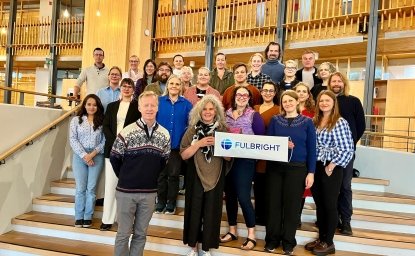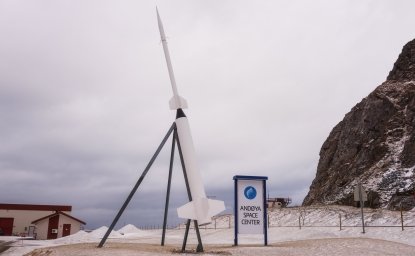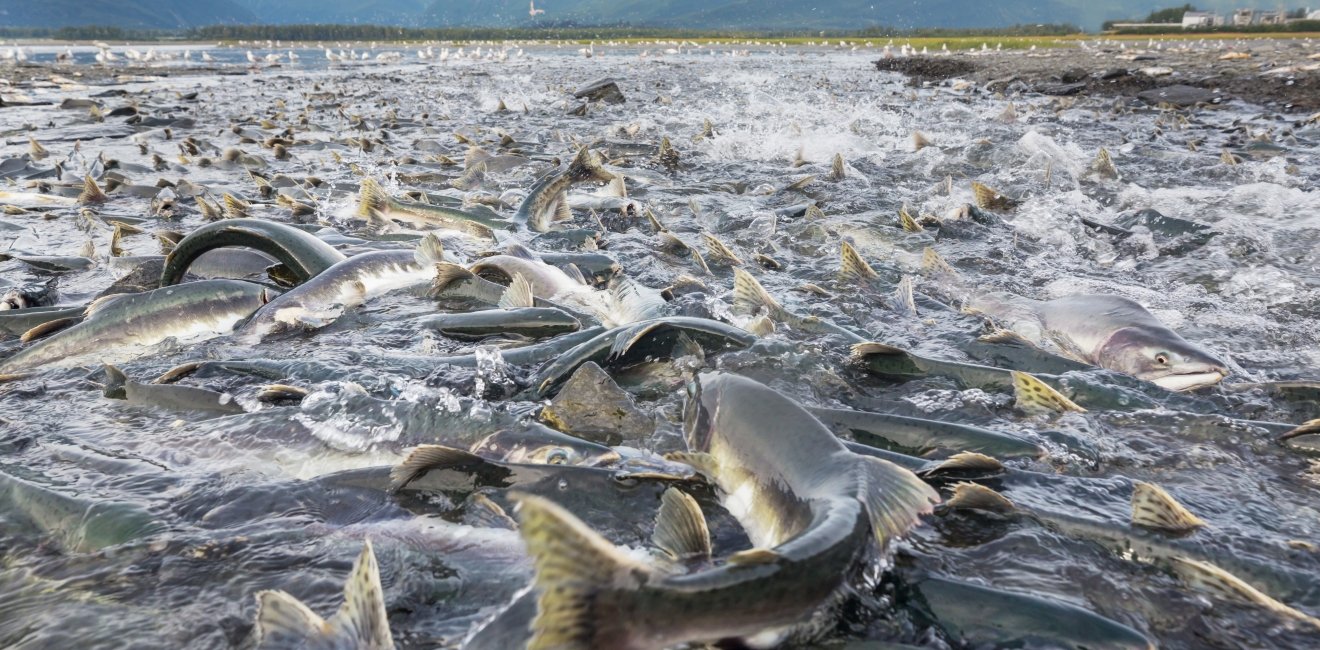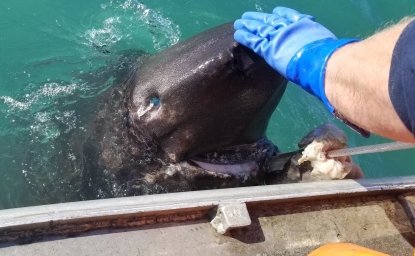
A blog of the Polar Institute
Salmon fishing drives the Alaskan economy, provides the major food source for subsistence fishers, and fulfills an important cultural role in Alaska Native and fishing communities. However, it is also an industry in crisis; from Southeast Alaska to the Bering Strait, many salmon fisheries have crashed. Over the last five years, the US Department of Commerce has declared fisheries disasters and Alaskan resource managers have ordered emergency closures across the state. Not all salmon fisheries have been impacted; outlier fisheries like Bristol Bay have even seen record harvests. Nevertheless, this crisis has forced state and federal managers to combat widespread collapse with a narrow set of regulatory tools. The limited set of policy options managers possess demonstrates how the fisheries regulatory framework is inadequately designed to manage the resources found in warming high-latitude waters.
The Salmon Fisheries Regulatory Framework
The backbone of the salmon fisheries regulatory framework, the Magnuson-Stevens Fishery Conservation and Management Act, empowers managers to regulate how the fishing industry impacts fish populations. The federal government can only regulate certain waters; a suite of state laws augments federal law closer to shore and inland. Managers acting under both federal and state law can limit catch volumes and restrict fishing gear, regulate bycatch, limit fisheries entry, impose permit requirements, and, most drastically, close fisheries. The Magnuson-Stevens Act and Interjurisdictional Fisheries Act provide fishers emergency relief during disasters and closures. Importantly, all these policy tools assume human overharvesting to be the principal threat to fish populations.
This Regulatory Framework Poorly Equips Managers to Mitigate the Current Crisis
Some of the causes of the current crisis bear no relationship to the fishing industry and are therefore beyond the managers’ ability to combat. On land, watershed degradation places pressure on salmon during their fragile reproductive life stages. Indeed, the North Pacific Fisheries Management Council’s fisheries management plan for salmon declares that “by far, the most serious habitat concern for Chinook salmon is the degradation of the freshwater [habitat].” At sea, marine heatwaves in high-latitude waters, including in the Bering Sea, play a role in salmon population declines. Ocean acidification may contribute to this crisis, too.
Current policy tools also impose significant costs on those who are already facing hardship from shrinking fisheries resources. When fisheries managers close salmon fisheries, subsistence fishers lose access to their principal food source. Yet, subsistence fishers do not necessarily qualify for emergency aid under current law. The Alaska state government has taken the drastic action of flying fish into subsistence-reliant villages to ensure subsistence fishers can access food.
Moreover, state and federal government managers battle for jurisdiction to regulate subsistence fishers. Sometimes, state and federal governments pass dueling, conflicting regulations that create uncertainty for fishers and regulatory whiplash as the governments battle each other in court. One federal judge found this environment harms subsistence fishers, as it may “dissuade a federally qualified user from legal fishing opportunities.”
Additionally, a “large scientific literature, spanning decades,” describes how another policy tool, limiting which fishers can enter a fishery, has disproportionately disadvantaged rural and Alaska Native fishing families and communities. Many small-scale fishers cannot access the financing necessary to maintain limited entry permits or sell their permits in dire financial circumstances. As a result, the share of locally based fishers in many fisheries is in decline.
Protecting vulnerable fishers is policy already codified in law. Alaskans amended their state constitution, in Article VIII Section 15, to prevent “economic distress among fishermen” and “those dependent upon [fisheries] for a livelihood.” Similarly, the Magnuson-Stevens Act, in 16 U.S.C. § 1801, recognizes that “[m]any coastal areas are dependent upon fishing and related activities, and their economies have been badly damaged.”
A Way Forward
The poor fit between managers’ policy options and the current fisheries crisis, as well as the distributional impacts of policy on fishers, demonstrates that the current management framework requires updating. Of course, as climate change causes resource distributions in the Arctic and near-Arctic to shift, protecting these resources requires action outside the region. Nevertheless, new management tools for Alaskan managers can still help mitigate some of fisheries collapse’s causes. New tools could include ensuring state and federal managers can engage in ecosystem-based fisheries management, enhancing funding for critical habitat protection, and supervising major development projects that could adversely impact salmon populations.
An updated framework must protect those most reliant on resources and therefore most vulnerable to the loss of those resources: fishers and fishing communities. An easy fix is to broaden eligibility for fisheries disaster relief. For example, section 12005 of the Coronavirus Aid, Relief, and Economic Security Act temporarily provided relief for subsistence fishers; new reforms could permanently codify this expanded eligibility. Reform also requires guaranteeing citizen voices receive representation in decision-making and revamping limited entry permit financing. At the end of the day, no policy should place the burden of regulation on the most vulnerable.
This piece is adapted from the author’s publication, "Fishing in the Desert: Modernizing Alaskan Salmon Management to Protect Fisheries and Preserve Fishers' Livelihoods," 40 Alaska Law Review 137–169 (2023).
Author

Polar Institute
Since its inception in 2017, the Polar Institute has become a premier forum for discussion and policy analysis of Arctic and Antarctic issues, and is known in Washington, DC and elsewhere as the Arctic Public Square. The Institute holistically studies the central policy issues facing these regions—with an emphasis on Arctic governance, climate change, economic development, scientific research, security, and Indigenous communities—and communicates trusted analysis to policymakers and other stakeholders. Read more

Explore More in Polar Points
Browse Polar Points
Greenland’s New Governing Coalition Signals Consensus

Fulbright Arctic Initiative IV Scholar at the Polar Institute



